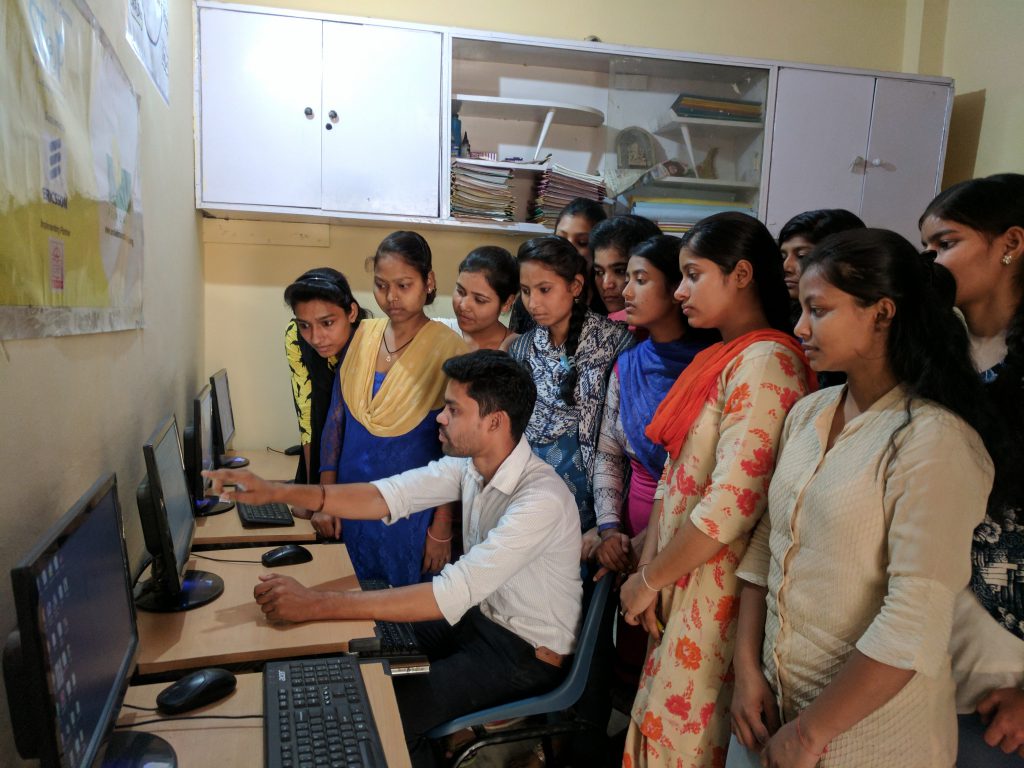In the vast landscape of government programs and welfare schemes, the “last mile” is a critical stretch that determines the success and impact of these initiatives. The last mile refers to the final stage of delivery where services reach the intended beneficiaries. However, many challenges hinder the smooth execution of this crucial leg, and this is where governments non-profits collaboration plays a pivotal role.
The last mile delivery is often marked by obstacles such as inadequate infrastructure, remote locations, and socio-economic disparities. Governments, especially in middle and low income countries, grapple with the complexities of ensuring that benefits reach every citizen, irrespective of their geographical location or socio-economic status. Non-profits, driven by a sense of social responsibility and agility, can step in to bridge this gap.
Local Knowledge and Presence:
Non-profits are often deeply rooted in the communities they serve. They possess invaluable local knowledge, understanding the nuances of the cultural, social, and economic fabric. Leveraging this deep understanding, they act as a bridge between the government and the community, ensuring that last-mile delivery is tailored to meet the specific needs of the beneficiaries.
Community Engagement and Trust Building:
One of the significant challenges in the last mile is building trust within communities. Non-profits are inherently community-focused organizations with the capacity to engage with people at the grassroots level. Through community meetings, awareness campaigns, and consistent interaction, non-profits foster trust, ensuring that government programs are embraced and effectively utilized by the intended beneficiaries.
Flexible and Adaptable Approach:
Government bureaucracies often face challenges in adapting swiftly to dynamic situations. Non-profits, on the other hand, are known for their flexibility and agility. They can respond quickly to changing circumstances, adjusting delivery strategies based on real-time feedback. This adaptability is crucial in overcoming unexpected hurdles that may arise during the last mile delivery.
Capacity Building and Skill Development:
Last mile delivery requires a skilled workforce that understands the intricacies of program implementation. Non-profits can contribute significantly by investing in the training and capacity building of local personnel and frontline workers. This not only enhances the efficiency of the last mile delivery but also empowers local communities by providing them with valuable skills and knowledge.
Technology Integration:
Non-profits can leverage technology to streamline last mile delivery processes. From mobile applications for beneficiary registration to real-time monitoring systems, technology plays a crucial role in optimizing the efficiency of welfare scheme implementation. Non-profits can collaborate with tech experts to implement and maintain such systems, ensuring transparency and accountability.
Data Collection and Analysis:
Accurate data is the backbone of effective program implementation. Non-profits can contribute by conducting thorough surveys, collecting data, and analyzing trends. This information is invaluable for governments in refining their last mile delivery strategies and making informed decisions that positively impact the targeted communities.
The Natural Collaboration: Governments and Non-profits
Non-profits often serve as the voice of the marginalized and vulnerable populations. By collaborating with governments, non-profits can play a role in shaping policies that are more responsive to the needs of the communities they serve.
The last mile delivery of government programs and welfare schemes is a complex and challenging task, but it is a crucial determinant of the overall success of these initiatives. Non-profit organizations, with their local knowledge, community engagement strategies, and flexibility, can act as force multipliers in ensuring that the benefits of government programs reach every corner of society.
The collaboration between governments and non-profits like Smile Foundation is not just a partnership; it is a symbiotic relationship that has the potential to transform the lives of millions by making welfare schemes truly inclusive and impactful.









